SLIDESHOW
Data Trends 2024: Diabetes
August 14, 2024|Federal Practitioner





Author and Disclosure Information
Reviewed by:
Ricardo Correa, MD, EdD
Clinical Professor of Medicine, Endocrinology Institute
Lerner College of Medicine CWRU;
Staff Clinician, Endocrinology Institute
Cleveland Clinic
Cleveland, OH
Dr. Correa has disclosed no relevant financial relationships.





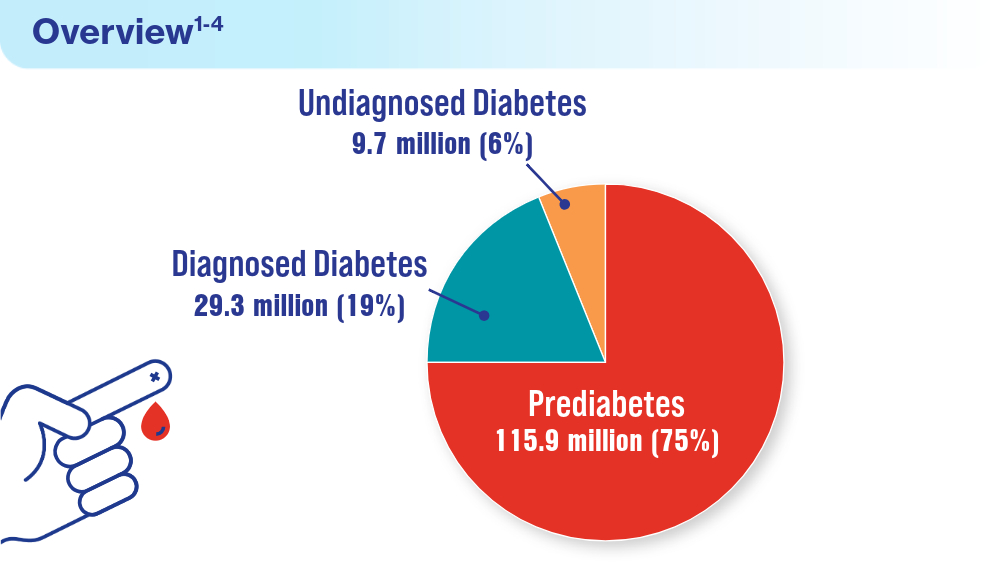 Diabetes1
Diabetes1
Nearly 155 million US adults are living with prediabetes or diabetes, many of whom remain undiagnosed.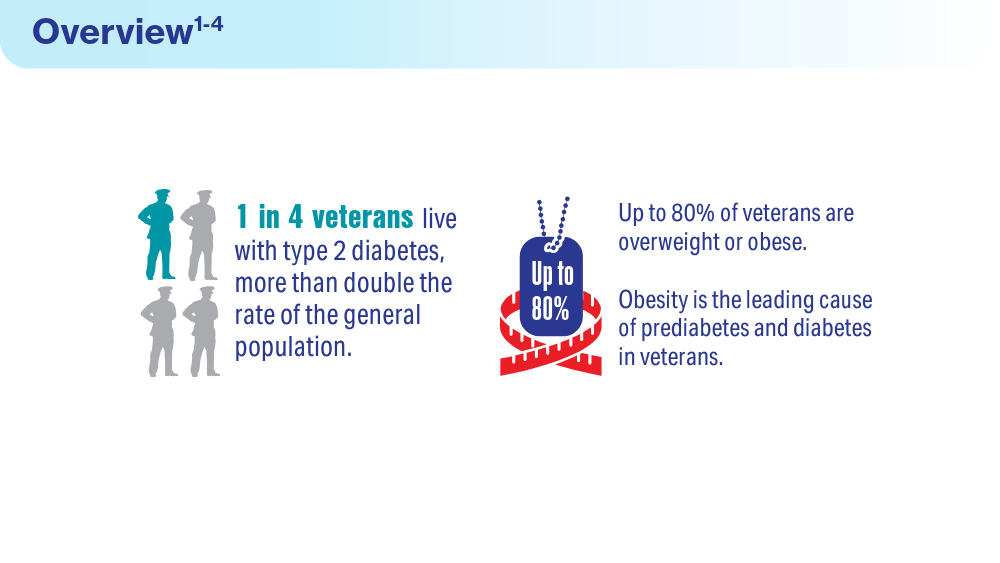
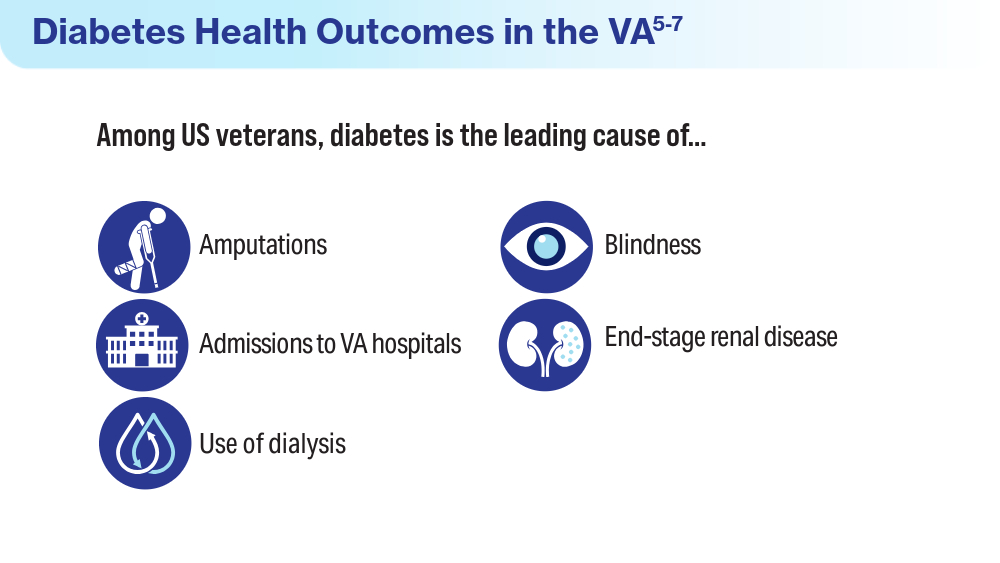
 More than 8.6 million veterans live in Diabetic Belt States
More than 8.6 million veterans live in Diabetic Belt States
The "diabetes belt" refers to a specific region in the United States identified by a higher prevalence of diagnosed diabetes, defined by counties with rates exceeding 11%, where the fraction of increased risk correlated with both modifiable and nonmodifiable factors was systematically analyzed.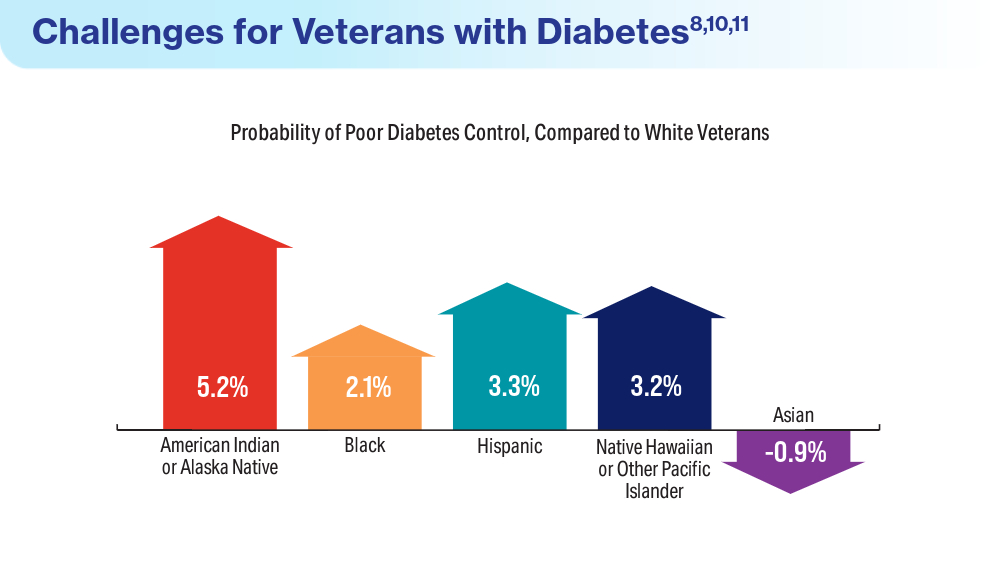 Poor Disease Control and Racial Disparities
Poor Disease Control and Racial Disparities
20% of veterans with diabetes have poor control over their disease which is more common seen in racial and ethnic minorities.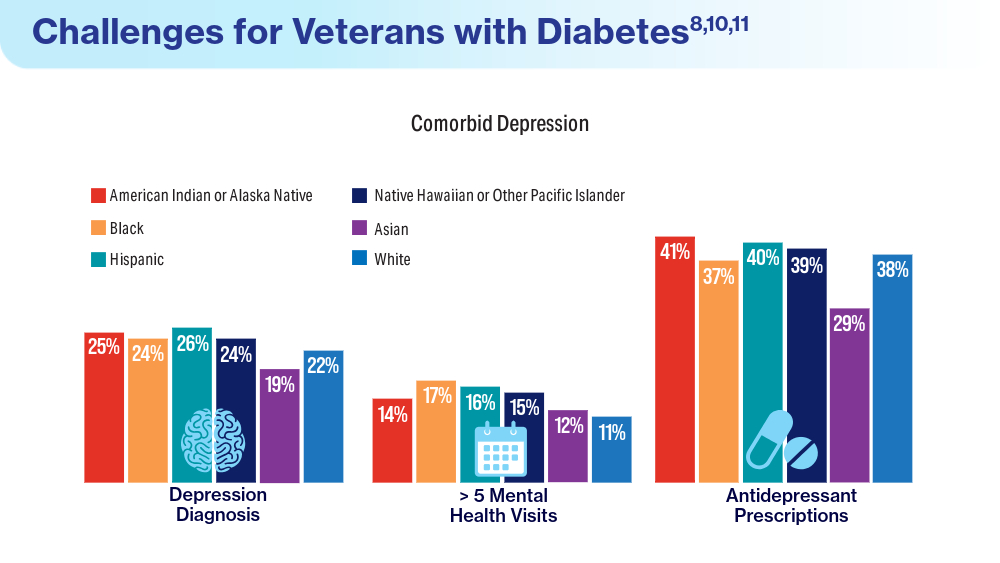 Comorbid Depression
Comorbid Depression
22% of veterans with diabetes have comorbid depression. Diabetes1
Diabetes1
Nearly 155 million US adults are living with prediabetes or diabetes, many of whom remain undiagnosed.

 More than 8.6 million veterans live in Diabetic Belt States
More than 8.6 million veterans live in Diabetic Belt States
The "diabetes belt" refers to a specific region in the United States identified by a higher prevalence of diagnosed diabetes, defined by counties with rates exceeding 11%, where the fraction of increased risk correlated with both modifiable and nonmodifiable factors was systematically analyzed. Poor Disease Control and Racial Disparities
Poor Disease Control and Racial Disparities
20% of veterans with diabetes have poor control over their disease which is more common seen in racial and ethnic minorities. Comorbid Depression
Comorbid Depression
22% of veterans with diabetes have comorbid depression. Diabetes1
Diabetes1
Nearly 155 million US adults are living with prediabetes or diabetes, many of whom remain undiagnosed.

 More than 8.6 million veterans live in Diabetic Belt States
More than 8.6 million veterans live in Diabetic Belt States
The "diabetes belt" refers to a specific region in the United States identified by a higher prevalence of diagnosed diabetes, defined by counties with rates exceeding 11%, where the fraction of increased risk correlated with both modifiable and nonmodifiable factors was systematically analyzed. Poor Disease Control and Racial Disparities
Poor Disease Control and Racial Disparities
20% of veterans with diabetes have poor control over their disease which is more common seen in racial and ethnic minorities. Comorbid Depression
Comorbid Depression
22% of veterans with diabetes have comorbid depression.
Item 1 of 6
